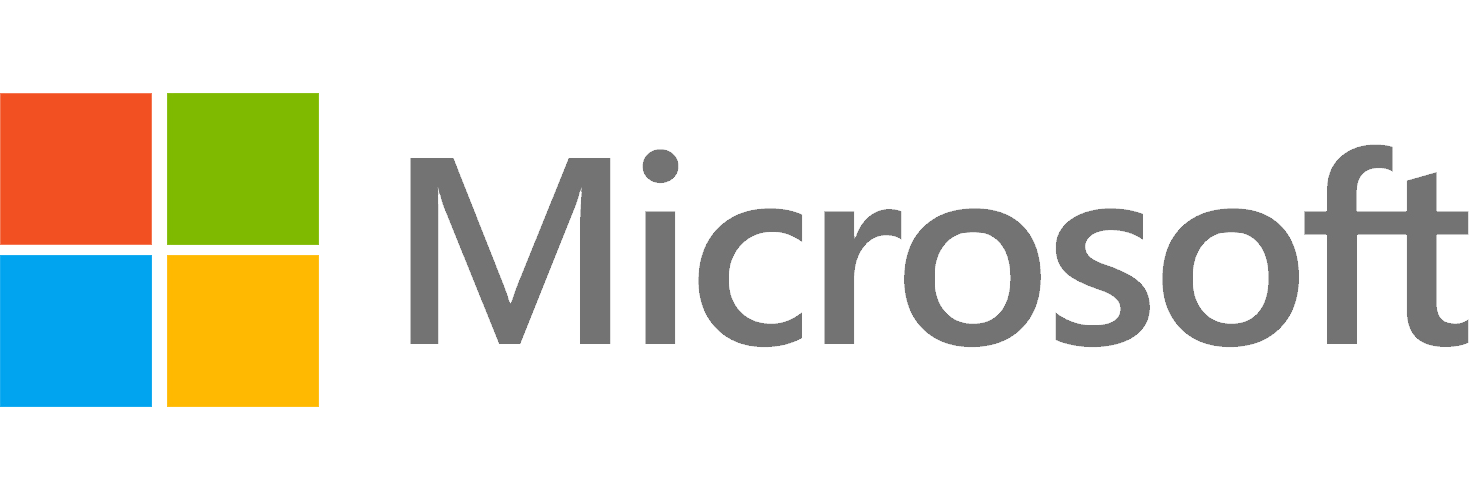
Welcome to the Cloud Wars Minute — your daily cloud news and commentary show. Each episode provides insights and perspectives around the “reimagination machine” that is the cloud.
This episode is sponsored by Acceleration Economy’s AI Ecosystem Course, available on demand. Discover how AI has created a new ecosystem of partnerships with a fresh spirit of customer-centric cocreation and renewed focus on reimagining what is possible.
In today’s Cloud Wars Minute, I go over third-quarter results and explain how they starkly demonstrate the differences between Microsoft, Google Cloud, and AWS.
Highlights
00:18 — There’s been a tendency to think of Microsoft, Google Cloud, and AWS as indistinguishable. They’re called the hyperscalers. In fact, these companies have all been going in very different directions.
00:50 — Q3: Microsoft cloud revenue $31.8 billion, up 24%: Google Cloud revenue of $8.4 billion, up 22%; AWS, $23.1 billion in revenue, up 12%. The growth rate of Microsoft is astonishing. I attribute this to Microsoft being able to, as CEO Satya Nadella says, address all facets of the customer’s digital estate.
02:09 — Silicon Valley purists say you can’t compare the hyperscalers because they don’t have the exact same product lines. Of course, you can compare them. Because what they’re all trying to do is go out and earn as much of the customer’s budgets as possible.
02:46 — Microsoft has been the most bullish in rapidly infusing artificial intelligence (AI) across every part of its end-to-end product portfolio. And, I think the bold partnerships that Microsoft’s struck with big technology partners are groundbreaking. Look at the recent example with Oracle.
03:56 — Google Cloud is still in a good position. The reason AWS is growing more slowly is what I call “the software gap.” Google Cloud and Microsoft were born as enterprise software companies. AWS has a different lineage as an enterprise hardware company. On the earnings call, CEO Andy Jassy spent a huge amount of time talking about new AI-specific chips that AWS has developed, which reveals the mindset there.
05:32 — We’ve got more on these companies in an article posting later today. It offers a lot more detail and my analysis. These companies are similar in some ways in how they go to market. They’re very different, though, in how they behave, how they’re performing, and what their priorities are.












